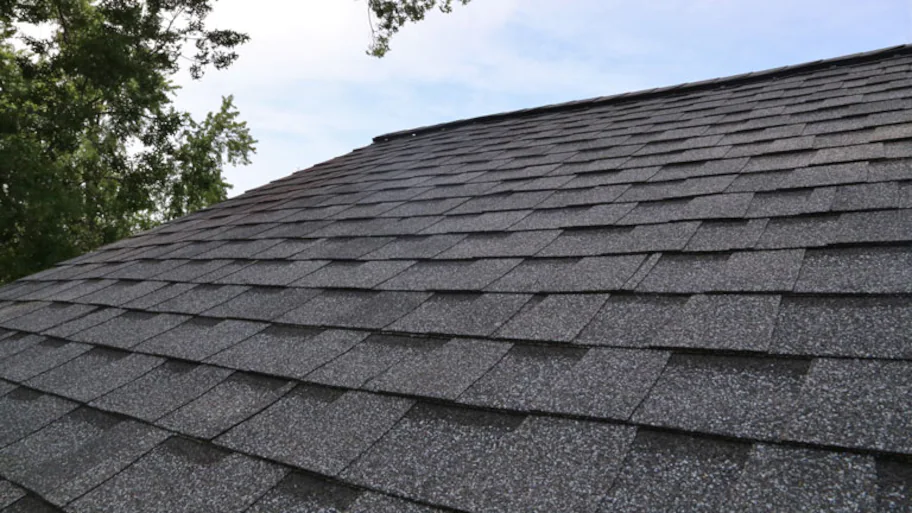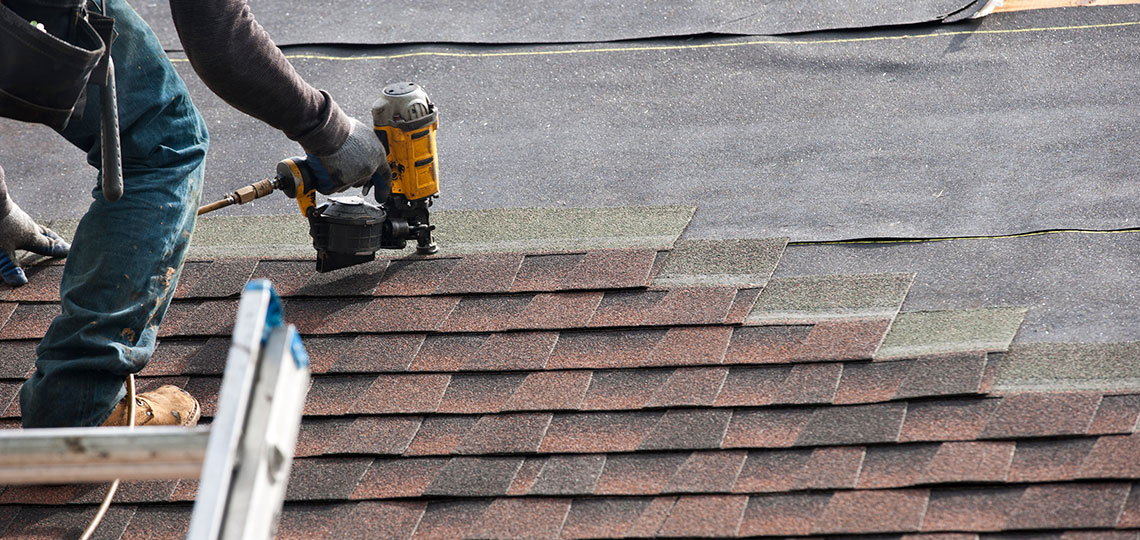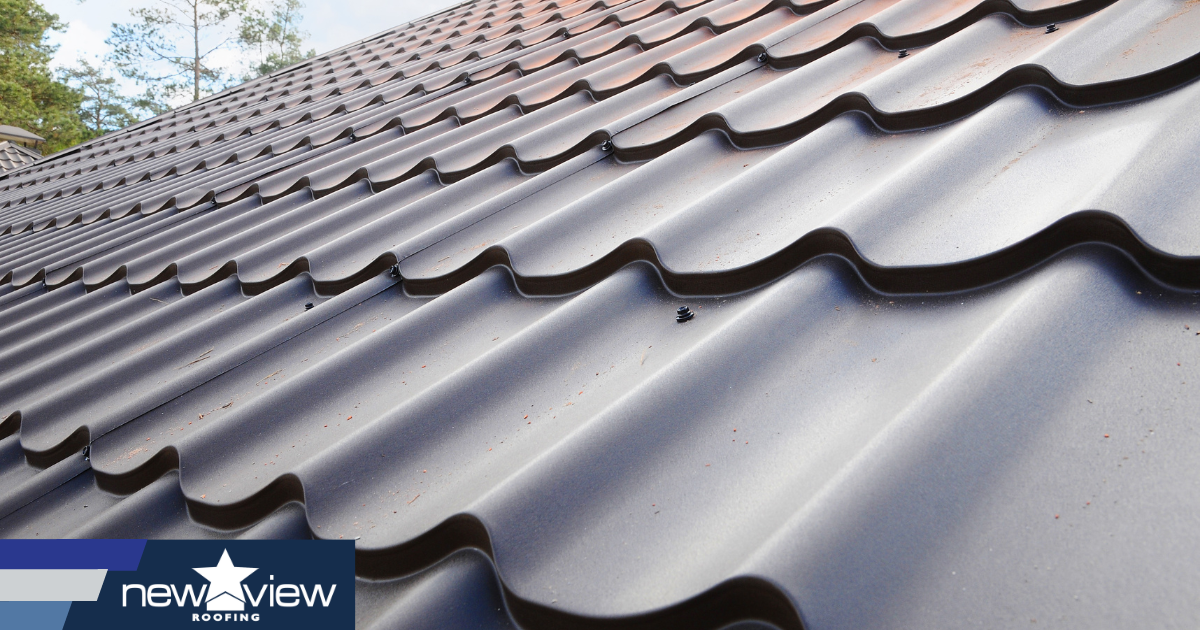A Comprehensive Check Out Roofing Companies Gainesville Locals Recommend
A Comprehensive Check Out Roofing Companies Gainesville Locals Recommend
Blog Article
Finest Practices for Ensuring Appropriate Roof Air Flow
Ensuring correct roof ventilation is critical for the long life and efficiency of a roof. A balanced consumption and exhaust vent ratio, commonly 1:300, plays a pivotal duty, with consumption vents ideally positioned at the reduced edge of the roofing for great air entry and exhaust vents at the top for cozy air departure. Normal inspections to determine clogs and maintain clear airflow are extremely important. Maintaining insulation away from vents is essential to prevent air flow constraint. Understanding these fundamental components establishes the phase for more thorough understandings right into setup and maintenance techniques that can significantly boost your roof's performance.
Understand Ventilation Essentials
Correctly recognizing ventilation fundamentals is vital for making certain the durability and effectiveness of roof systems. Reliable air flow mitigates wetness build-up and temperature extremes in the attic room, both of which can cause significant structural damages gradually. A well-ventilated roofing system assists in protecting against typical concerns such as mold development, timber rot, and ice dams, which can jeopardize the stability of the roof products and the underlying structures.
The primary objective of air flow is to facilitate the motion of air, permitting a consistent exchange between the interior and outside atmospheres. This balance is accomplished via a combination of consumption and exhaust vents that work together to keep optimum air movement. Consumption vents, normally located along the eaves or soffits, allow fresh air to get in the attic area, while exhaust vents, typically positioned at or near the roof covering ridge, enable warm, moist air to get away.
Secret aspects influencing the effectiveness of roofing ventilation consist of appropriate positioning, ample sizing, and guaranteeing that both intake and exhaust vents are unblocked. Regular examination and maintenance are critical to determine prospective clogs, damage, or ineffectiveness in the air flow system, thus safeguarding the roofing's performance and durability.
Kinds of Roofing System Vents
Roofing system vents play an essential duty in keeping effective attic room ventilation and, by expansion, the total wellness of the roof system. Numerous kinds of roof covering vents are offered, each with unique advantages customized to details roof needs. Ridge vents, as an example, are mounted along the roof's peak, enabling warm, damp air to leave from the attic. They provide constant ventilation and blend flawlessly with the roofline, making them both effective and visually pleasing.

Soffit vents are set up under the eaves and work in tandem with roofing system vents to make certain a balanced consumption and exhaust system. By allowing cooler air to go into from below, soffit vents assist in the expulsion of warm air through upper vents. Gable vents, located on the outside wall surfaces of the attic, offer another reliable solution, particularly in homes with saddleback roofs.
Examine Your Present Ventilation

Following, consider the age and condition of your roofing products and air flow parts. Older systems may not follow current structure codes or may have deteriorated gradually, lowering their performance. Conduct a comprehensive evaluation to identify any type of indicators of damage, such as corrosion, damage, or gaps that can compromise the system's efficiency.
Furthermore, measure the attic room temperature and humidity levels. Heats and humidity can suggest inadequate ventilation - roofing companies in gainesville florida. Use a hygrometer and thermostat to get precise readings, comparing them with outdoor problems. Consistent inconsistencies recommend prospective problems that need dealing with.
Installment Best Practices
Effective installment of roofing air flow systems is critical for guaranteeing optimal efficiency and longevity. Proper setup starts with understanding the certain ventilation requirements of the roof and the structure it covers. This includes computing the proper ratio of intake to exhaust vents, typically sticking to the 1:300 guideline, which states one square foot of air flow for every single 300 square feet of attic room floor space.

The positioning of vents is equally vital. Consumption vents need to be set up at the roof covering's reduced edge, usually in the soffits, to enable amazing air to enter. Exhaust vents, on the other hand, ought to be mounted near or at the roof covering's height to assist in the departure of warm, wet air. This develops an all-natural air movement that assists preserve temperature and dampness balance within the attic room area.
Seal all vent links thoroughly to avoid air leaks and potential navigate to this site water infiltration. Use top notch materials and comply with maker guidelines to make certain resilience and effectiveness. Furthermore, incorporating ridge vents with baffles can considerably boost air flow efficiency by avoiding wind-driven rainfall and snow from going into the attic room.
Inevitably, accurate installation of roof covering ventilation systems minimizes potential problems such as mold and mildew growth, ice dams, and architectural damage, making certain the roofing system's honesty and the building's overall health and wellness.
Routine Maintenance Tips
Uniformity in upkeep methods is basic to guaranteeing the long-lasting efficiency of roof covering air flow systems. Normal inspections are important, preferably done biannually-- in the springtime and autumn. During these evaluations, make sure that vents are cost-free of debris, nests, and other blockages that can impede airflow. Examine for any type of indications of dampness buildup or mold and mildew, as these can indicate improper ventilation or leakages (roofing companies in gainesville florida).
Cleaning the vents is another crucial job. Make use of a soft brush or a vacuum to get rid of dust and particles from intake and exhaust vents. Beware not to harm the vent displays or louvers throughout the procedure. In addition, check the attic space for any kind of signs of water damages, which could compromise the honesty of the roof.
Appropriate insulation is just as vital. Make sure that attic room insulation does not block the vents, as this can severely limit airflow. Reposition or replace it to maintain an effective barrier. if any kind of insulation has moved or cleared up.
Last but not least, replace any kind of damaged or missing out on parts promptly. Damaged vents, fractured tiles, or tatty flashing can all add to insufficient ventilation and must be addressed without hold-up. Normal maintenance ensures that the roof ventilation system functions efficiently, therefore extending the lifespan of the roofing itself.
Conclusion
Making certain correct roof air flow is paramount for preserving the performance and durability of a roof. Adherence to the 1:300 intake and exhaust air vent ratio, combined with the tactical placement of vents, is important. Regular semiannual inspections, debris cleansing, and making sure insulation does not block air movement are check it out critical practices. Applying these finest practices will certainly promote a well-ventilated roof, thereby minimizing possible problems associated with moisture buildup and extreme heat, eventually prolonging the roof's life-span.
A well balanced intake and exhaust air vent ratio, generally 1:300, plays an essential function, with consumption vents preferably placed at the lower edge of the roof for trendy air entry and exhaust vents at the height for warm air leave. Intake vents, usually located along the soffits or eaves, permit fresh air to enter the attic area, while exhaust vents, commonly located at or near the her response roof ridge, make it possible for hot, moist air to run away.
Soffit vents are set up under the eaves and work in tandem with roofing system vents to make certain a well balanced consumption and exhaust system. By enabling cooler air to enter from below, soffit vents assist in the expulsion of hot air through upper vents. Adherence to the 1:300 consumption and exhaust air vent proportion, combined with the critical placement of vents, is necessary.
Report this page